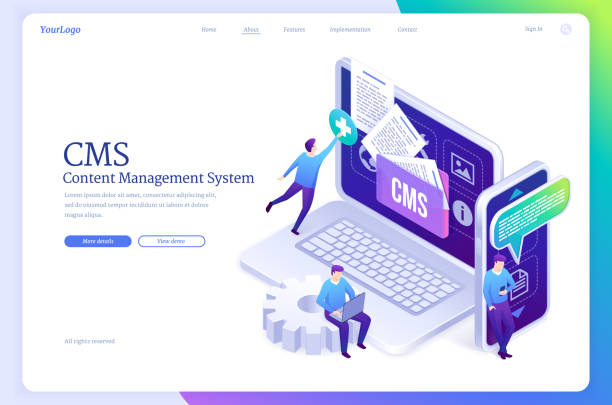Introduction
In the vast landscape of web design, the choice of a content management system (CMS) is crucial. Two primary options exist: open source and proprietary CMSs. While both have their merits, this article aims to shed light on the advantages of open source CMSs in web design and development.
Flexibility and Customization
Open source CMSs, such as WordPress, Joomla, and Drupal, offer unparalleled flexibility and customization options. With an open source CMS, developers have complete access to the source code, allowing them to modify and extend the functionality according to specific project requirements. This level of flexibility empowers web designers to create unique and tailored websites that align precisely with their clients’ vision.
In contrast, proprietary CMSs often limit customization possibilities due to closed-source nature. Users are typically restricted to pre-defined templates and limited extensions, which can hinder creativity and hinder the ability to create truly innovative and customized web designs.
Cost-Efficiency
One of the major advantages of open source CMSs is their cost-efficiency. Unlike proprietary CMSs, which usually require licensing fees or subscription models, open source CMSs are freely available for anyone to download, use, and modify. This accessibility significantly reduces upfront costs, making open source CMSs an ideal choice for small businesses, startups, and budget-conscious organizations.
Additionally, open source CMSs benefit from a large community of developers who continuously contribute to the improvement of the platform. This vibrant ecosystem ensures the availability of free themes, plugins, and regular updates, eliminating the need for costly third-party services that are often associated with proprietary CMSs.
Security and Reliability
Contrary to popular misconceptions, open source CMSs are not inherently less secure than proprietary alternatives. In fact, due to their transparent nature, open source CMSs benefit from a vast community of contributors who actively detect and patch security vulnerabilities. The collective effort of the community often results in faster identification and resolution of security issues, making open source CMSs robust and reliable.
Moreover, proprietary CMSs can be susceptible to targeted attacks due to their closed-source nature. Hackers with malicious intent may exploit vulnerabilities that go unnoticed by a limited number of developers working on the proprietary CMS. Open source CMSs, on the other hand, are subject to continuous scrutiny by a large community, making them more resilient against security threats.
Community Support and Collaboration
The open source community is renowned for its collaborative spirit and knowledge sharing. Open source CMSs have thriving online communities where developers, designers, and enthusiasts actively engage with one another. This support network provides a rich resource of documentation, tutorials, forums, and user-contributed solutions, making it easier for web designers to seek assistance and learn from experienced professionals.
In contrast, proprietary CMSs often rely on a smaller support network that may come at an additional cost. This limited access to assistance can lead to delays in issue resolution and hinder the growth of web designers seeking to expand their skills.
While proprietary CMSs certainly have their place in the web design industry, open source CMSs offer distinct advantages that make them an appealing choice for many web designers. The flexibility, cost-efficiency, security, and collaborative nature of open source CMSs empower designers to create unique and highly customized websites while benefiting from a supportive community.
By embracing open source CMSs, web designers can tap into the vast potential of customization, foster innovation, and stay ahead in a rapidly evolving digital landscape. So, whether you are an individual designer, a small business owner, or an enterprise seeking to build an exceptional web presence, the power of openness in content management systems should not be overlooked.



